Durkopp Adler 969 Eco Bruksanvisning
Durkopp Adler
Symaskin
969 Eco
Läs gratis den bruksanvisning för Durkopp Adler 969 Eco (114 sidor) i kategorin Symaskin. Guiden har ansetts hjälpsam av 11 personer och har ett genomsnittsbetyg på 4.5 stjärnor baserat på 6 recensioner. Har du en fråga om Durkopp Adler 969 Eco eller vill du ställa frågor till andra användare av produkten? Ställ en fråga
Sida 1/114

969 ECO / CLASSIC
Operating manual
Produktspecifikationer
| Varumärke: | Durkopp Adler |
| Kategori: | Symaskin |
| Modell: | 969 Eco |
Behöver du hjälp?
Om du behöver hjälp med Durkopp Adler 969 Eco ställ en fråga nedan och andra användare kommer att svara dig
Symaskin Durkopp Adler Manualer

4 Mars 2025

20 Oktober 2024

17 Oktober 2024

17 Oktober 2024

13 Oktober 2024

11 Oktober 2024

6 Oktober 2024

28 September 2024

23 September 2024

23 September 2024
Symaskin Manualer
- Feiyue
- W6
- Huskystar
- Siemssen
- Micromaxx
- Bestron
- Jata
- ER
- Silver
- Janome
- RCE
- Silvercrest
- Hema
- Lifetec
- Yamata
Nyaste Symaskin Manualer
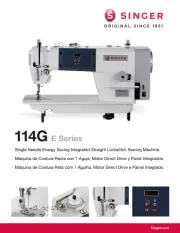
12 Oktober 2025
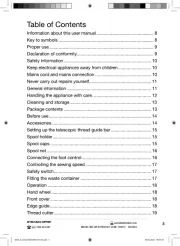
11 Oktober 2025
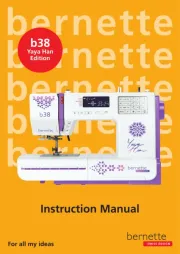
11 Oktober 2025

10 Oktober 2025

10 Oktober 2025
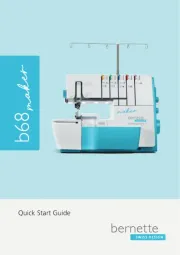
10 Oktober 2025
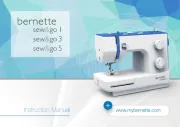
10 Oktober 2025
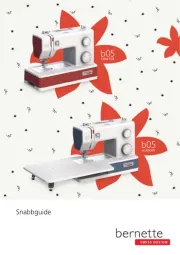
9 Oktober 2025

9 Oktober 2025
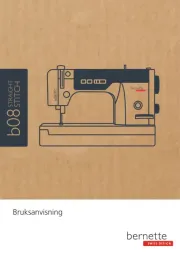
9 Oktober 2025